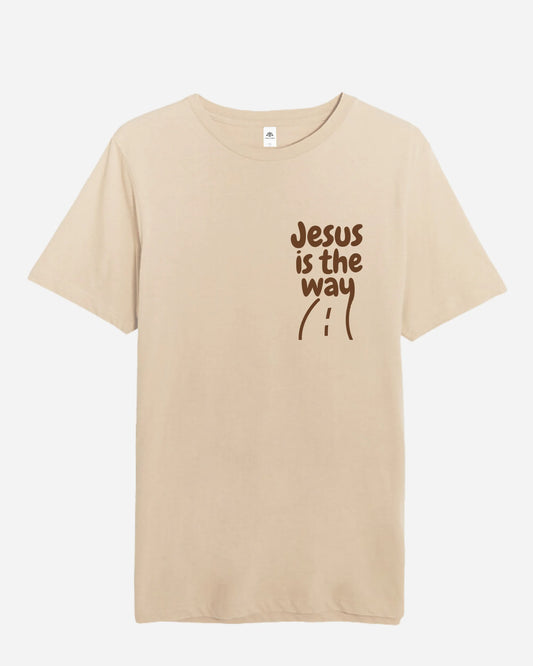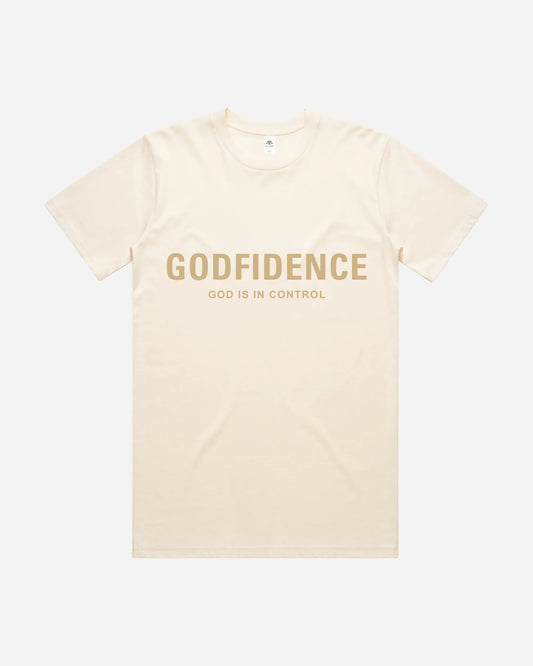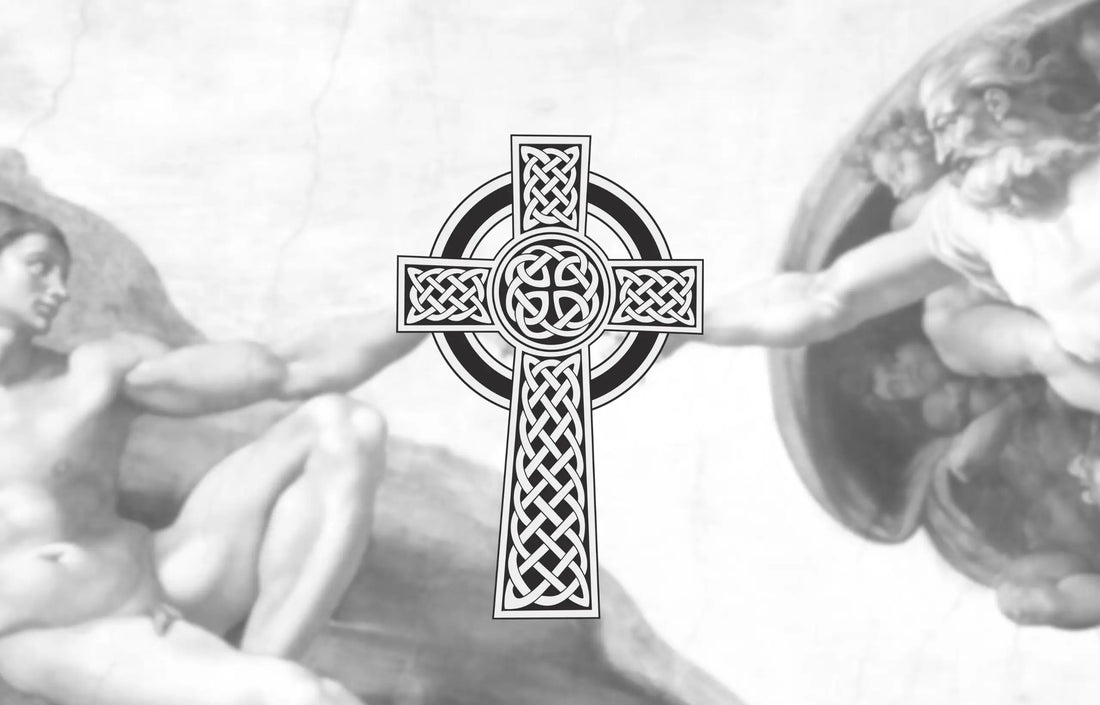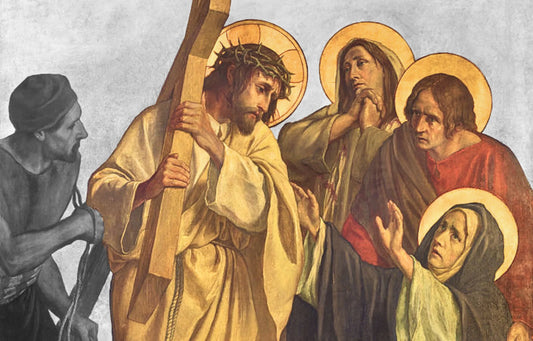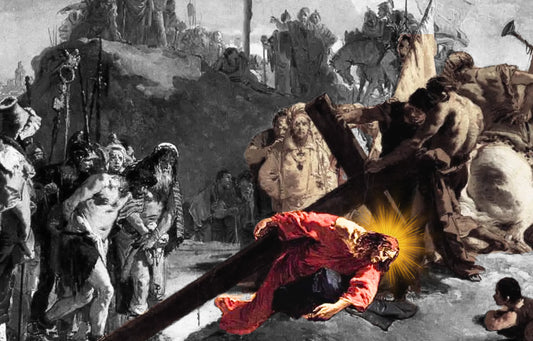The Celtic Cross also known as Gaelic cross or cross with circle, is a distinctive Christian symbol consisting of a traditional Latin cross with a ring encircling the intersection. It dates back to the 9th century, commonly found across Ireland, Scotland, Wales, and parts of England merging Christian iconography with earlier pagan sun symbols.
The circle represents eternity or the cosmos—depending on interpretation—and its combination with the cross is rich with theological and cultural symbolism. It is often ornately decorated with interlace patterns, scriptural scenes, and knotwork characteristic of early medieval Insular art.
The Celtic Cross Components

Origins of the Celtic Cross
Early Christian Symbolism
The Celtic Cross emerged in the early medieval period, particularly during the 8th to 12th centuries, as part of the Christianization of the British Isles. It was most prominently associated with Hiberno-Scottish monasticism, which saw missionary activity from Ireland into Scotland and Northern Europe.
Many scholars credit Saint Patrick and Saint Declan as key figures in spreading Christianity in Ireland, during which stone crosses were erected to mark sacred spaces and monastic boundaries.
Pre-Christian and Solar Symbolism
Some researchers suggest that the Celtic Cross may have syncretic roots. The ring may have originally represented a solar disk—a motif found in pre-Christian Celtic religion associated with sun worship.
According to Nigel Pennick, "The ringed cross may have functioned as a bridge between spiritual systems" (The Celtic Cross: An Illustrated History and Celebration, 1997). This fusion of symbols likely eased the transition from pagan beliefs to Christian theology, allowing continuity of sacred imagery while reorienting it around Christ.
Theological Symbolism

Each element of the Celtic Cross carries layered meaning:
- The Cross: Christ’s crucifixion, redemption, and cosmic kingship.
- The Circle: Unity, eternity, and resurrection.
- The Four Arms: Often interpreted as the Four Evangelists, four elements, or cardinal directions—a theological map of the world redeemed in Christ.
In some modern Christian interpretations, the four arms are said to symbolize the four Evangelists, the cardinal directions, or the four elements, unified by the divine circle at the center.
The Celtic Revival and Modern Symbolism
19th-Century Celtic Revival
The Celtic Revival of the 19th century brought renewed interest in native Irish art, language, and symbols. Artists and nationalists embraced the Celtic Cross as a symbol of cultural identity, resistance, and faith. The Cross of Kells, which draws inspiration from the famous Book of Kells, became a key emblem of this movement.
This era reestablished the cross as not only a religious symbol but also a marker of ethnic pride and connection to a mythic, heroic past.
Neo-Pagan and New Age Use
Today, the Celtic Cross is also used in Neo-Druidry and New Age spirituality. In these contexts, the ring is often interpreted as a symbol of balance—representing the four elements or cardinal directions unified by the sacred center (Greer, The Druidry Handbook, 2006). While these interpretations differ from Christian theology, they show the symbol's enduring versatility.
Cultural and Geographic Spread
Ireland and Scotland

The cross flourished in monastic settlements throughout Ireland, with masterpieces like the Muiredach’s Cross at Monasterboice and the Kildalton Cross in Islay, Scotland. These high crosses, often more than 10 feet tall, were richly carved with biblical scenes and intricate knotwork.
UNESCO has recognized several Irish high crosses, including Muiredach’s, as part of the “Early Medieval Monastic Sites of Ireland” tentative list, noting their artistic and theological value to European heritage.
In Scotland, crosses at Iona Abbey serve as enduring symbols of the Christianization of the Picts and early Gaelic kingdoms.
Wales and Beyond
The Celtic Cross also became prominent in Wales and Brittany. The Church in Wales continues to use the cross as a symbol of its early Christian roots.
Interestingly, echoes of the Celtic Cross have even been found globally—in Christian communities in India, for example, where Irish missionaries left a lasting impression, particularly in Kerala.
Iconic Celtic Crosses and Sacred Sites
Muiredach’s High Cross – Monasterboice, Ireland (c. 900 AD)
Regarded as the most artistically accomplished high cross in Ireland, this sandstone masterpiece stands over 18 feet tall and features intricate biblical carvings, including scenes from the Last Judgment and the Crucifixion. Located at the historic Monasterboice monastic site, it’s currently on UNESCO’s tentative list for World Heritage status under the “Early Medieval Monastic Sites of Ireland.”
Kildalton Cross – Islay, Scotland (8th century)
One of the oldest and best-preserved early Christian crosses in Scotland. Carved from a single slab of stone, it features interlace designs and a biblical relief of the Virgin and Child. The Kildalton Cross reflects early Irish influence on Scottish Christianity and stands as a testament to insular art’s reach.
Cross of the Scriptures – Clonmacnoise, Ireland (c. 900–1000 AD)
Standing in the heart of the ancient monastic city of Clonmacnoise, this cross is named for its extensive biblical carvings—Christ in Majesty, the Last Judgment, and various saints. It likely served as a preaching cross and political symbol for the powerful kings of Connacht.
Iona Abbey – Isle of Iona, Scotland (founded in 563 AD)
This sacred island, evangelized by St. Columba, hosts several high crosses including St. Martin’s Cross, a 9th-century masterpiece still standing in its original location. Iona was a crucial hub for spreading Christianity across Scotland and northern England, and its high crosses symbolize its cultural and religious influence.
Gallarus Oratory – County Kerry, Ireland (7th–8th century)
While not a high cross, this dry-stone church is one of the finest surviving examples of early Christian architecture in Ireland. Often associated with the Celtic Christian monastic tradition, it reflects the austere, hermit-like spirituality of the time. Nearby stone crosses suggest it was once a pilgrimage site.
Artistic and Mathematical Significance
Scholars like George Bain (Celtic Art: The Methods of Construction, 1951) have demonstrated that the complex knotwork and spirals follow advanced geometric and mathematical principles—often based on radial symmetry and fractal-like repetitions. These patterns may have served both aesthetic and meditative purposes, linking artistic skill with theological contemplation.
Insular Art and Biblical Scenes
Many high crosses feature biblical narratives—such as the Crucifixion, Last Judgment, and scenes from the Gospels. The Ardboe High Cross, for instance, illustrates over 20 biblical scenes, functioning as a catechetical tool for communities where literacy was low but visual theology spoke volumes.
Controversy and Misuse in Modern Times
The Celtic Cross has unfortunately been co-opted by white nationalist and neo-Nazi groups, particularly in Europe and the United States, who use it as a symbol of racial purity or Western supremacy (Pinn, Terror and Triumph, 2003). However, this usage is widely condemned by Celtic nations and Christian communities.
In regions like Ireland, Scotland, and Wales, the cross remains a sacred image tied to religious tradition and national heritage. Organizations such as the Church of Ireland, the Latin Patriarchate of Jerusalem, and the Episcopal Church in the U.S. all use the Celtic Cross in official capacities, standing in contrast to its extremist appropriation.
Conclusion: The Cross That Endures
From ancient monastic sites to modern cathedrals, the Celtic Cross continues to tell a story that weaves together faith, culture, memory, and meaning. Its form is both rooted and transcendent—linking pre-Christian spirituality with the triumph of the Gospel, sacred geometry with personal devotion.
Whether carved in stone at Monasterboice, painted on church walls in Iona, or worn around a pilgrim’s neck, the Celtic Cross remains a profound witness to the enduring legacy of Christianity in the Celtic world—and far beyond.


